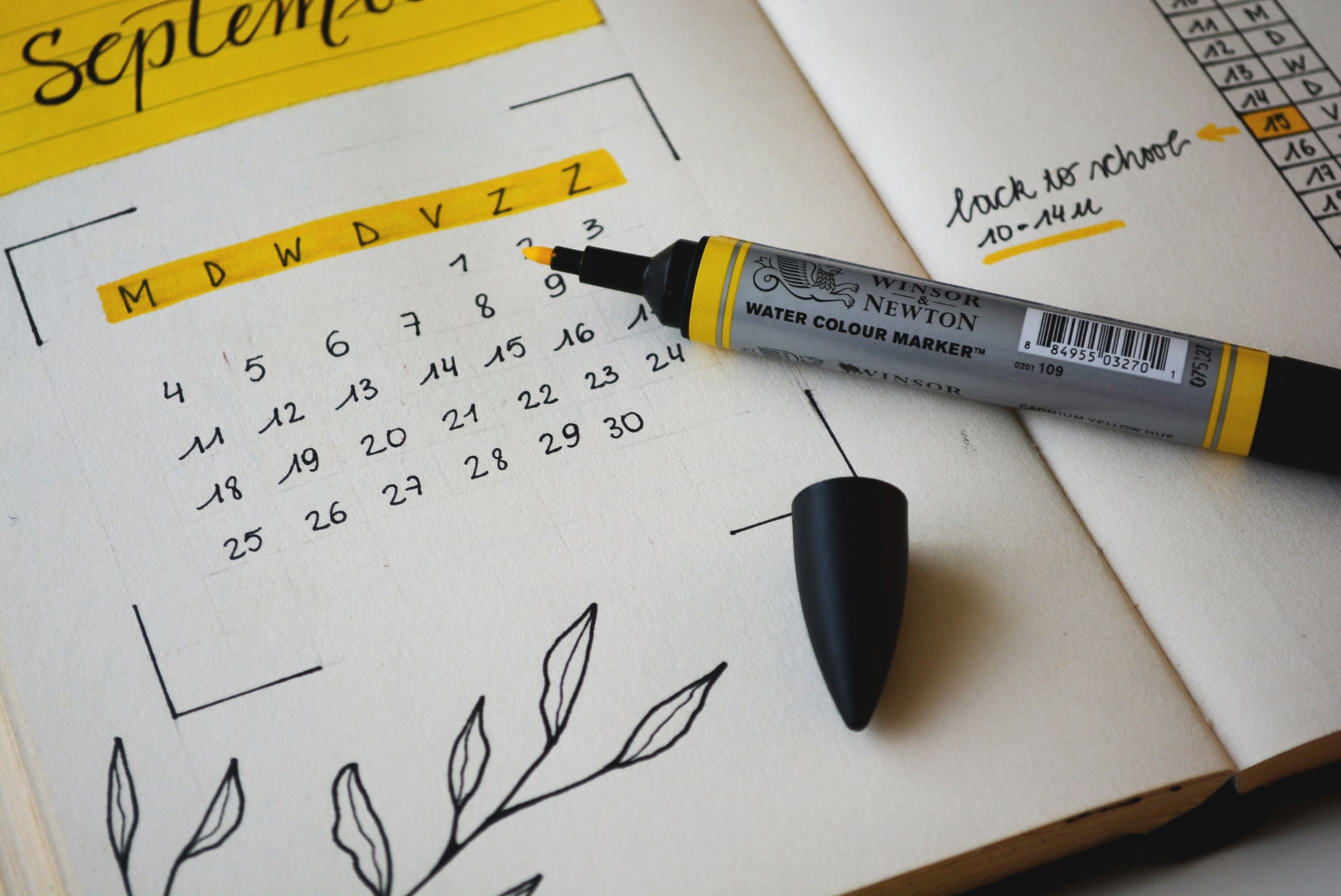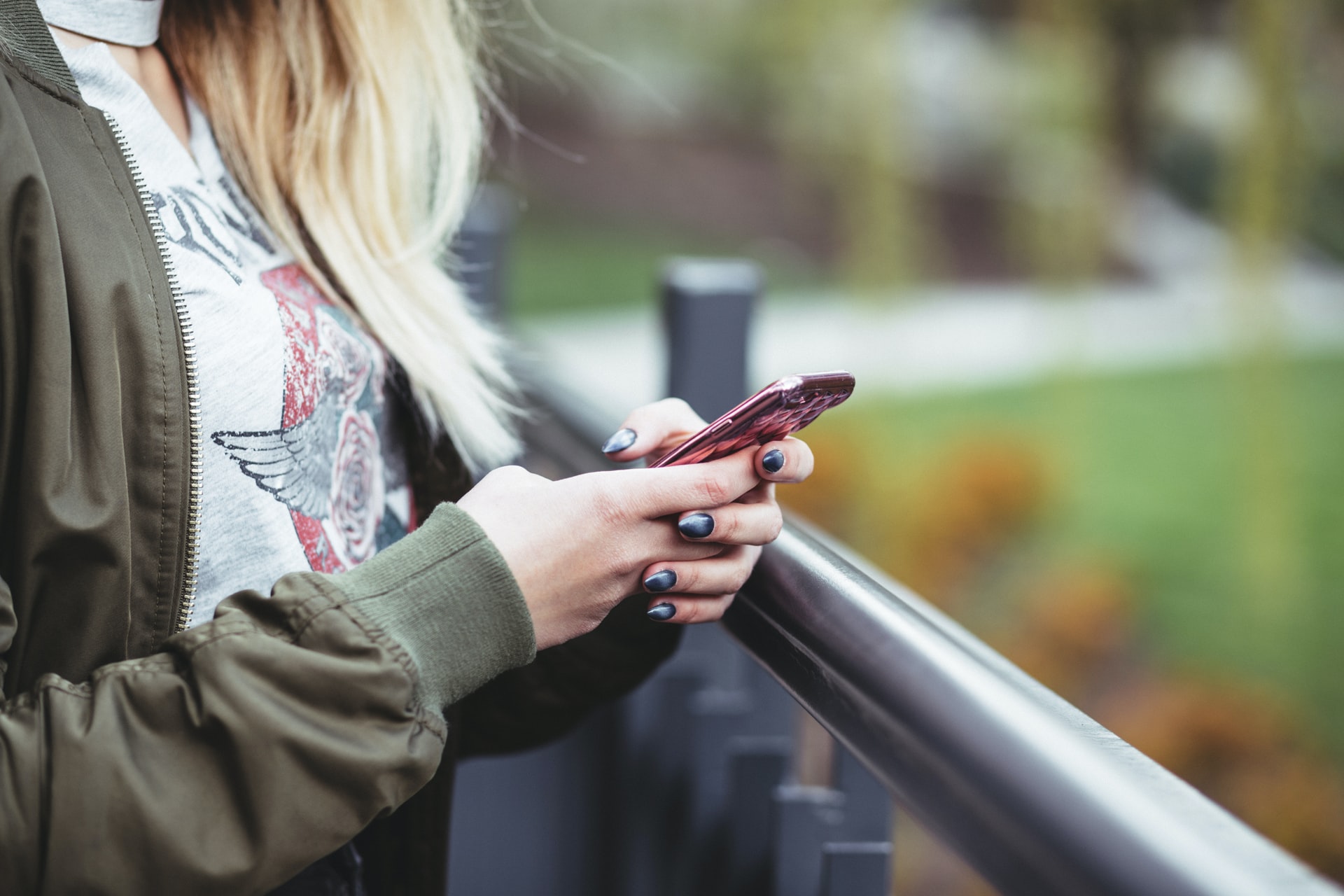There are apps for everything. Whether you want to shop, go on a road trip, or reconnect with classmates, there’s an app for that. Apps to help women conceive or avoid conception are becoming increasingly popular. So what are some of the best apps to track ovulation to prevent pregnancy or help with fertility? And what should you watch out for?
Calendar Caution
The rhythm method is around 76% percent effective as a means of birth control –– which is considerably less than other forms of birth control. This is partly because every woman’s cycle is different and can’t be predicted based on a calendar. Still, the rhythm method is useful for women concerned about side effects of birth control pills or who have religious objections to using other methods of birth control. Today there are advanced ways to measure fertility, but the rhythm method once focused exclusively on the calendar. Unfortunately so do most female reproduction apps. Tracking your fertility strictly by the day of the month can be risky.
Most women have a six-day fertile window during the menstrual cycle when conception is most likely to occur. This includes both the day of ovulation and the five days before. Women who wish to avoid pregnancy should not have sexual intercourse during this time period. For couples hoping to conceive, this is primetime. The challenge is that cycle phase lengths vary quite a bit between women depending on a variety of factors including weight, age, and certain medical conditions such as PCOS.

Most female reproduction apps pinpoint ovulation as happening at precisely two weeks before a woman’s next period begins. Yet in the real world, the actual day of ovulation is widely variable. Several more precise tests can be used. For example, if you chart your temperature every day, you will see a rise of between 0.2–0.4°C when ovulation begins. Another test looks at cervical fluid consistency –– which is more of an “egg-white” consistency during the time closest to ovulation. Finally, urinary LH (luteinizing hormone) levels can be measured–they increase 24–36 hours just before ovulation. Period tracker apps that exclusively focus on that 14-day calendar window aren’t necessarily reliable enough for family planning.
There’s some good news. Free apps generally have a wider variety of functions and are more highly rated. Although you will have to watch advertisements, if you decide to make in-app purchases you’ll reduce the amount of time you spend watching commercials. There are some privacy concerns as some free apps profit by selling your data. In the United States, some employers encouraged and even compensated employees who used the suite of family-planning apps called Ovia Health. You’ll have to decide what price to put on keeping your menstrual cycle and fertility private.
Female Reproduction Apps to Consider
Instead of relying just on the calendar, the Clue App tracks ovulation using a woman’s body temperature and cervical fluid, among other things. This is why this female reproduction app is top-rated and doctor-recommended. Besides an iPhone and Android overall rating of 4.8, the Clue App is free with in-app purchases. Also relying on more than the calendar, the Ovulation Calendar & Fertility App records your waking body temperature and cervical mucus consistency as well, among other things. Described as an intelligent birth control app, the Natural Cycles – Birth Control App analyzes basal body temperature to identify ovulation.

Combining machine learning with an overall health approach, the Flo Period & Ovulation Tracker is far broader in scope than its name suggests. Other female reproduction apps like the Eve Period Tracker and the Glow Cycle and Fertility Tracker let you record your sexual experiences and mood. The Fertility Friend FF App lets you create a personalized fertility chart. Some are more focused on a woman’s menstruation like the Period Tracker by GP Apps, Cycles, and the Bellabeat Period Diary –– which lets you share your period info with both your healthcare provider and your loved ones.
Despite the predominantly female-centric focus, many apps invite male partners to participate. The Female Calculator for Men and Period Tracker for Men are actually designed exclusively for men to use. However, one complaint about a number of female reproduction apps is that they are designed by men. (Glow, for instance, was founded in 2013 by PayPal’s Max Levchin and four other males.) Many of these rely heavily on pastel color schemes, regular use of the word “girl,” and don’t account for any cycle-disrupting experiences such as miscarriage.
Whether you use a female reproduction app or not, it is no substitute for regular appointments with a qualified healthcare provider.
References
- Rhythm Method
- Real-world menstrual cycle characteristics of more than 600,000 menstrual cycles
- Do fertility tracking applications offer women useful information about their fertile window?
- Cervical Mucus Monitoring
- The usefulness of a urinary LH kit for ovulation prediction during menstrual cycles of normal women
- There’s a dark side to women’s health apps: ‘Menstrual surveillance’
- Clue App
- Ovulation Calendar & Fertility App
- Natural Cycles – Birth Control App
- Flo App
- Period-tracking apps are not for women